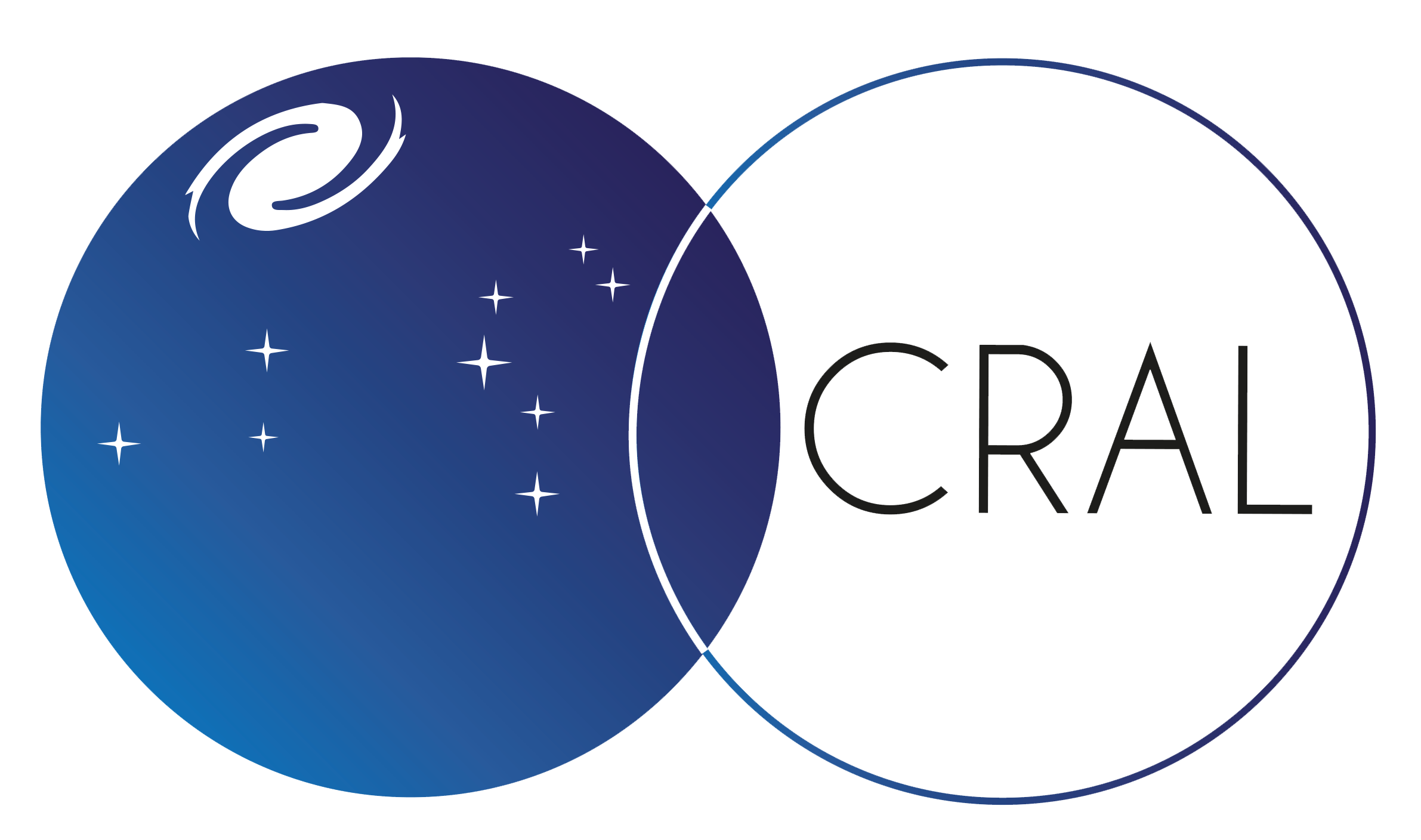

CRAL@ENS Seminar Valentin Le Gouellec
Title : Evolution of embedded protostars studied with submillimeter and near-infrared observations
Abstract :
Sun-like stars are thought to accrete most of their final mass during the protostellar phase, where the protostellar embryo is surrounded by an infalling dense envelope. The so-called Class 0 phase designates the youngest protostellar stage, where the accretion is thought to be the most vigorous. Several of the final outcome of star-disk systems (multiplicity, stellar parameters, disk properties) are thought to originate from this protostellar phase. I will present several aspects of the processes that are thought to be at play during this phase, using both observations (ALMA, JWST, Keck) and modeling tools (MHD simulations, radiative transfer). In the (sub-) millimeter, ALMA reveals the detailed structure of magnetic field lines in the inner envelope of collapsing protostars via the observation of the linear polarization of thermal dust emission.
We examine the potential role of magnetic fields in controlling the mass infall rate and governing the evolution of the nascent circumstellar disk.
One question we seek to answer is whether more disorganized magnetic fields and infalling density structures correspond to higher probability of variable accretion and/or fragmentation.
Modeling of these structures via simulations and radiative transfer calculations of dust polarized emission also allows us to explore the properties of aligned dust grains in young protostellar envelopes, where we tend to probe early dust grain evolution.
We will complete this view of protostellar accretion/ejection with recent near-IR observations of Class 0 protostars. In rare cases the blueshifted cavity created by the outflow is sufficiently close to pole-on to liberate enough near-infrared scattered light for us to probe the immediate surroundings of the central object. Bry, several H$_2$ and CO overtone lines are detected and analyzed. Detecting Bry in several sources suggests a good fraction but not all of Class 0s accrete via magnetospheric accretion. A significant higher fraction of Class 0 objects tend to exhibit the CO overtone bands in emission than in archival K-band spectra of later-evolved, Class I protostars, confirming that the mass accretion rate is on average higher in the most embedded phase. Recent JWST observations and their synergy with ALMA are constraining even further the accretion/ejection mechanisms and disk formation processes of young protostars. They allow a complete study of molecular and ionized gas excitation and kinematics in the vicinity of protostars. Analyzing these properties toward the most embedded protostars, whose IR spectra is now unveiled thanks to the sensitivity of JWST, shall sharpen our understanding of the evolution of accretion and ejection mechanisms with time.
